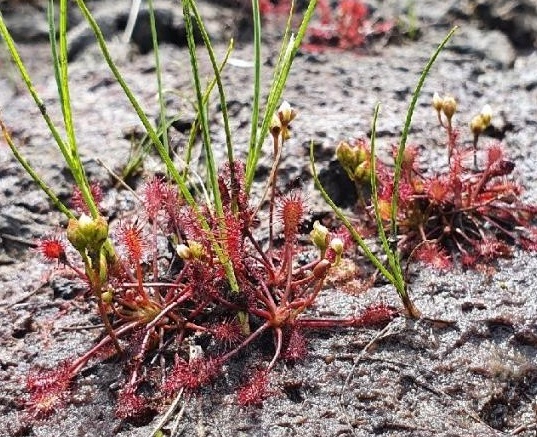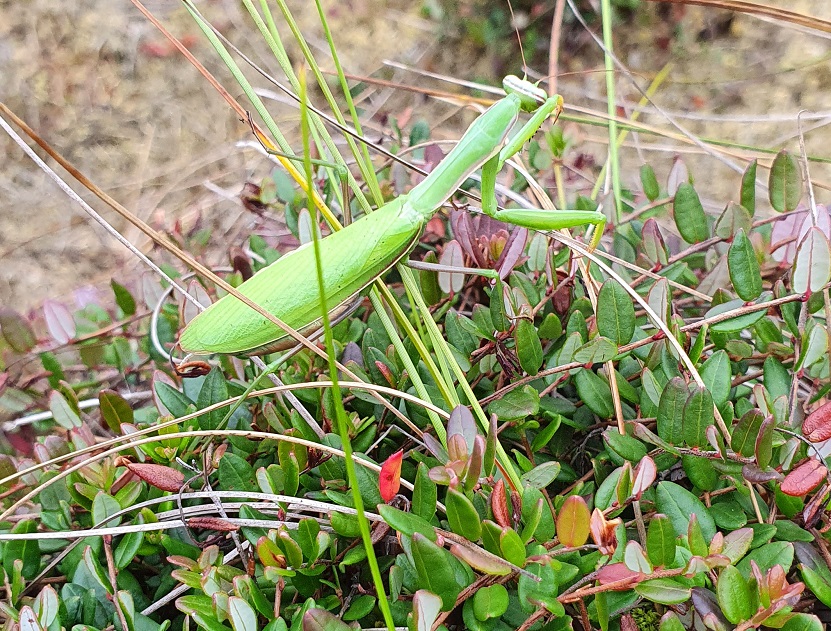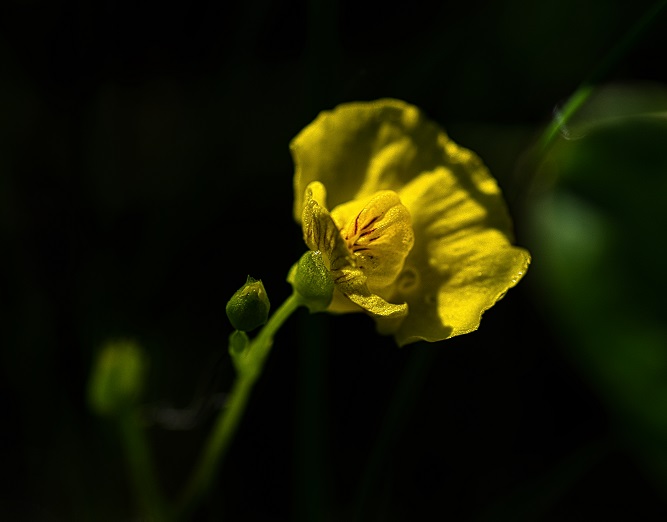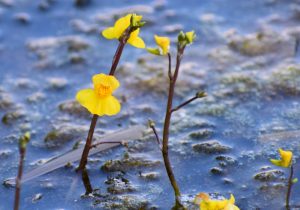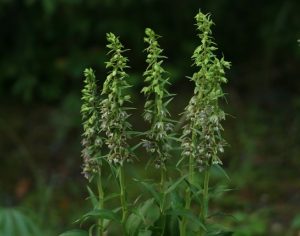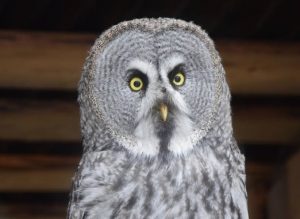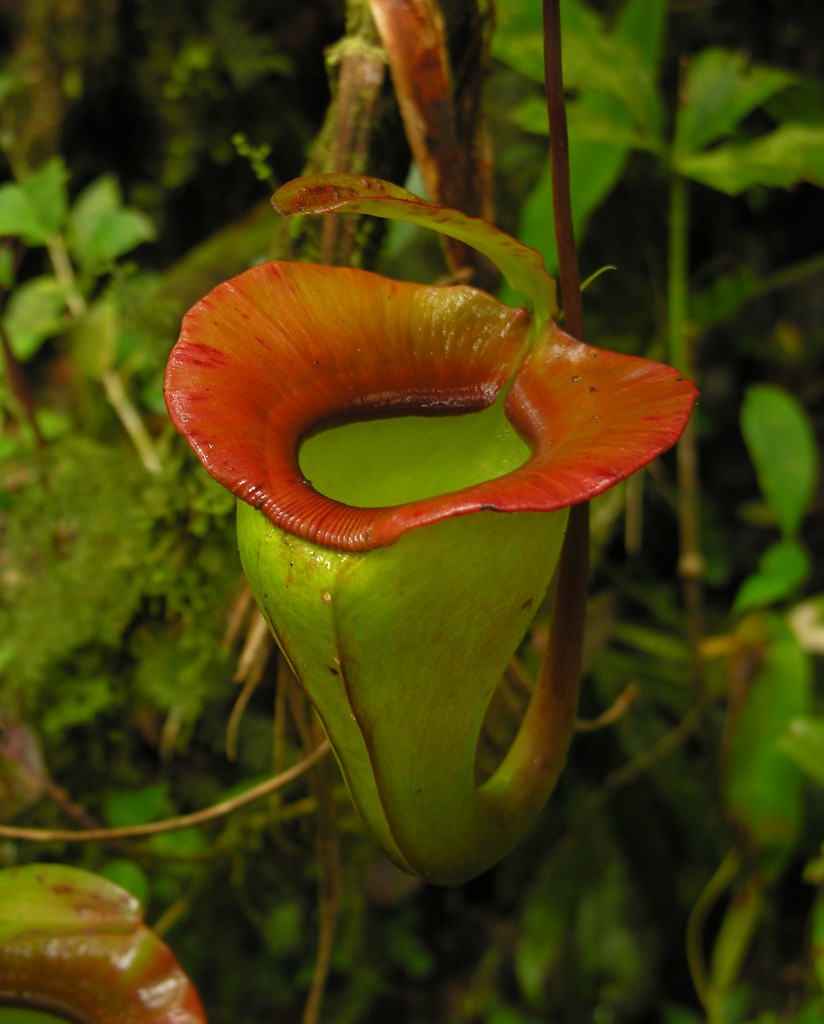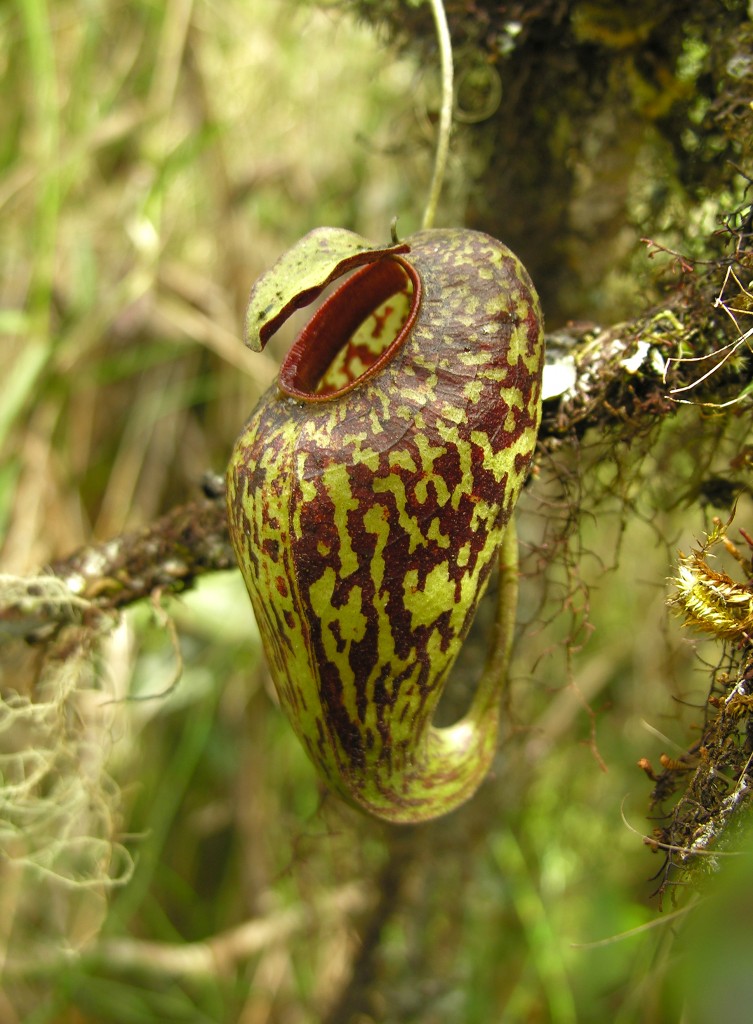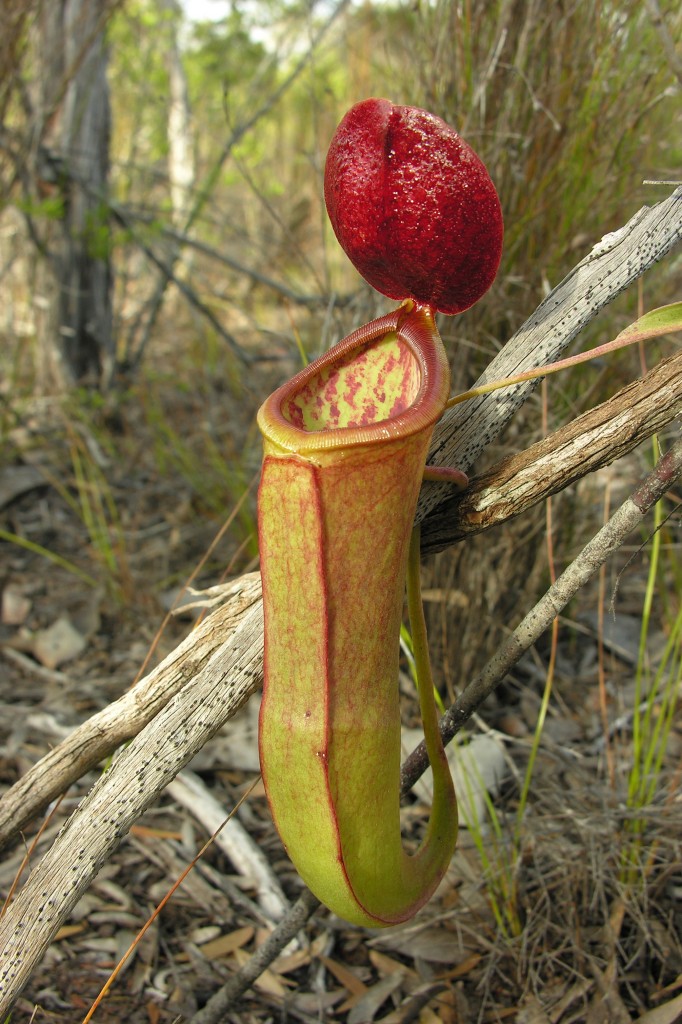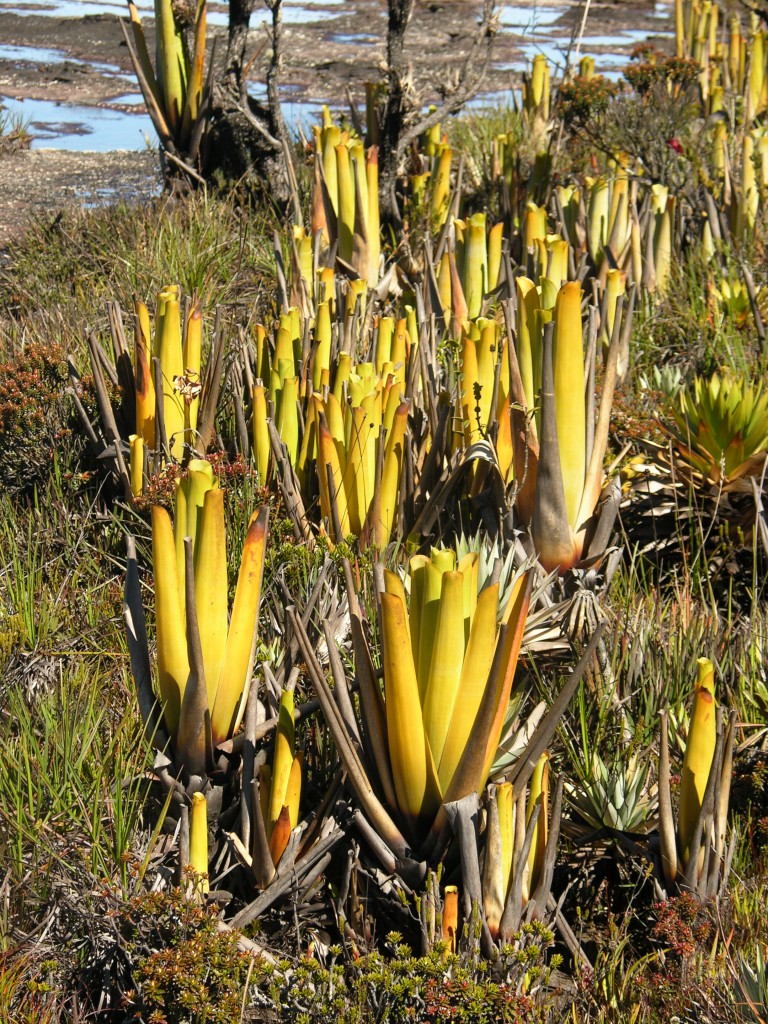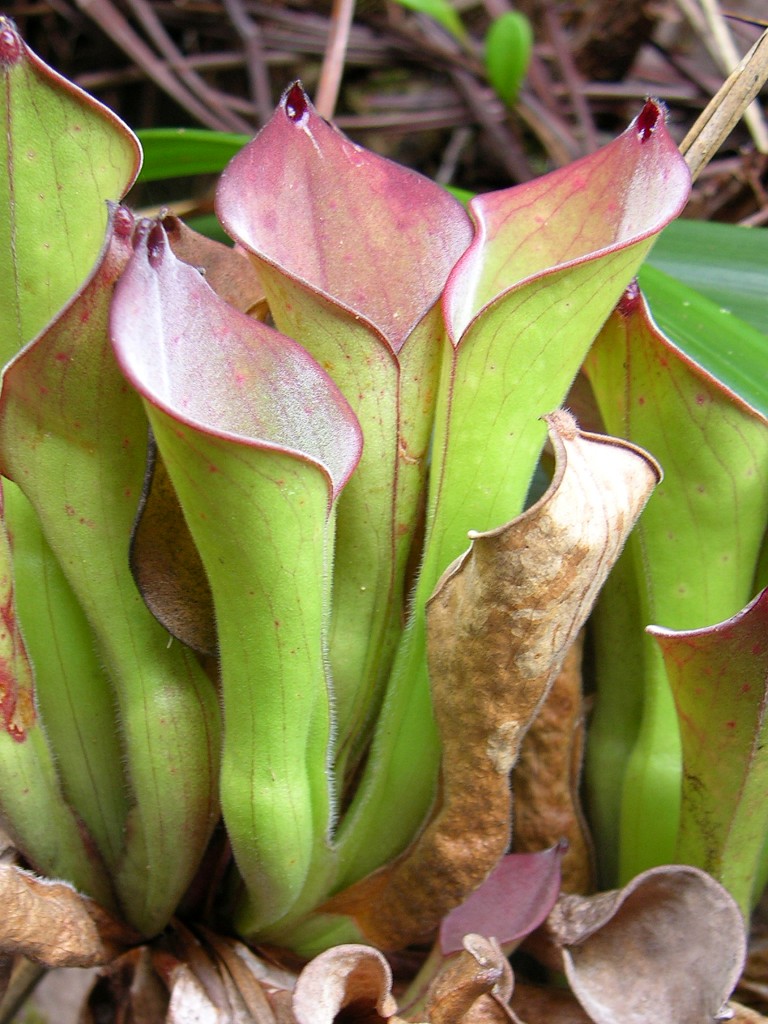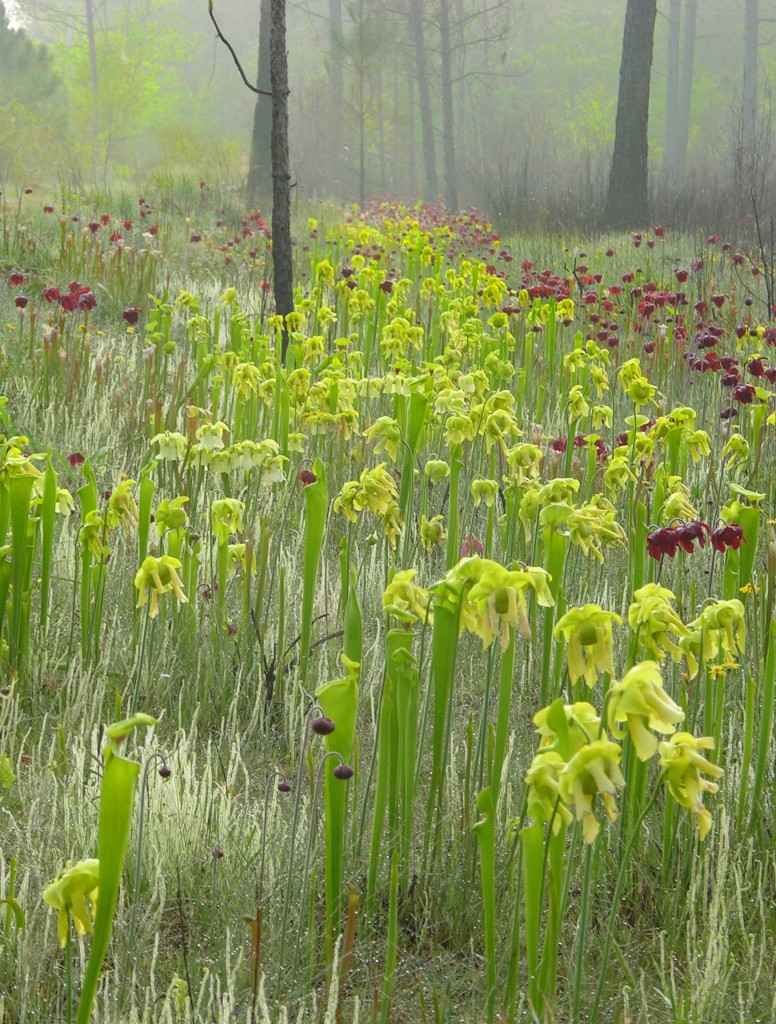Growing on Sibuyan Island at the heart of the Philippine archipelago, two of the most spectacular and interesting of all pitcher plants can be found – Nepenthes sibuyanensis and N. argentii. N. sibuyanensis is a large pitchered species that is closely related to the widely cultivated Nepenethes ventricosa whereas N. argentii is one of the smallest species of the entire genus. Formally described in 1998, Nepenthes sibuyanensis was named after the island where it endemically occurs and it represents one of the least documented and least studied of all species of pitcher plants.
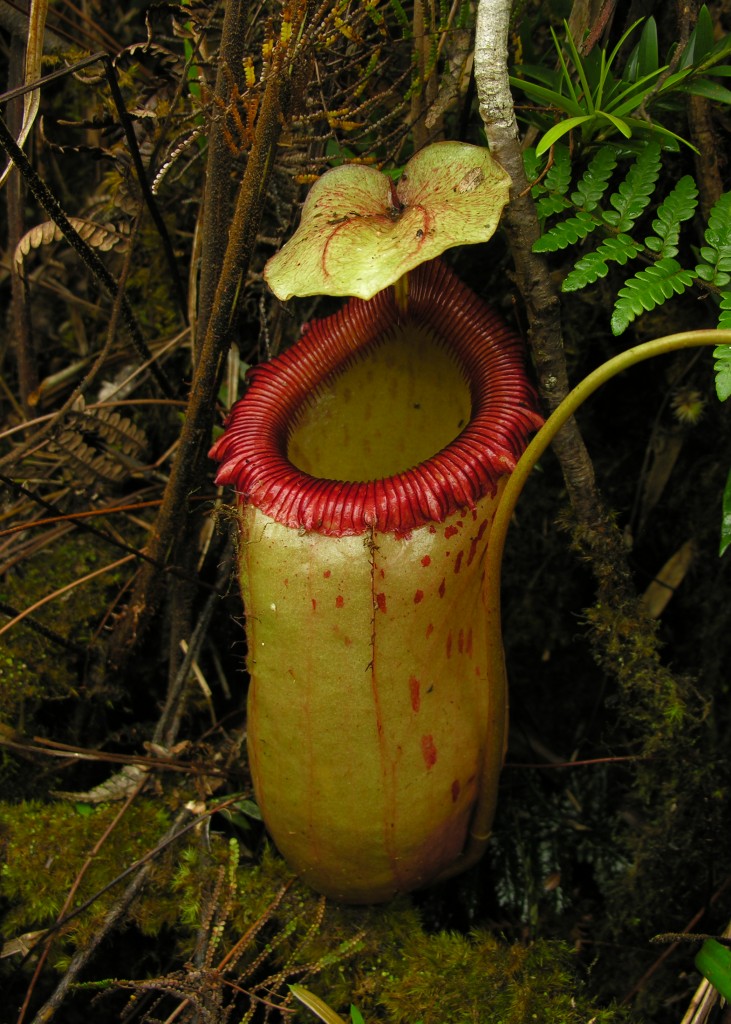
Nepenthes sibuyanensis growing on the summit of Mount Guiting-Guiting on Sibiuyan Island, Philippines
Nepenthes sibuyanensis has only been observed and studied a few times in its natural habitat owing to the remoteness and inaccessibility of mountains on which it grows. It is found only on the summits of Mount Guiting-Guiting and Mount Mayo on Sibuyan Island. Mount Mayo can be reached only by ascending a narrow and precipitous knife edge ridge which, in places, is just a few meters wide. On both sides of the ridge, there is a vertical drop of several hundred meters, so relatively few tourists and botanists have visited the habitat where this plant grows. Skaityti toliau…
